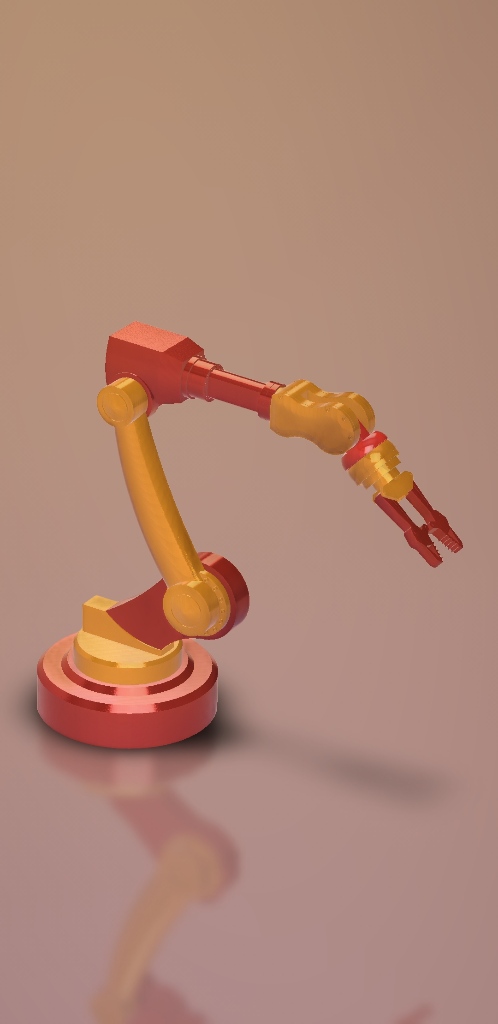Mechonyx
Robotic Arm.
01 Introduction
A robotic arm is an advanced mechanical device that mimics the functionality of a human arm. With its articulated structure and motorized joints, it is capable of performing precise and controlled movements. Robotic arms find applications in various industries, including manufacturing, assembly lines, healthcare, and space exploration. They are used for tasks such as assembly, welding, material handling, and surgical procedures. Equipped with sensors and advanced control systems, these robotic arms can interact with their environment, adapt to different objects, and execute complex motions with high accuracy and repeatability. Their versatility, efficiency, and ability to perform repetitive tasks make them valuable assets in modern automation and technology-driven industries.
- Precision, works with minimal error
- Safety, can easily handle hazardous materials
- Efficiency, even for repetitive tedious tasks/li>
- Versatility, wide variety of tasks can be achieved
02 Description
A robotic arm is based on a combination of mechanical design,
control systems, and sensors. The arm consists of interconnected links and
joints driven by motors. The control system receives input commands specifying
desired positions or trajectories. It calculates the necessary joint angles and
coordinates the motor movements accordingly. Sensors provide feedback on the arm's
position and external conditions, allowing for real-time adjustments.
The robotic arm's actuators and control algorithms work together to achieve
precise and coordinated movements, enabling it to reach, grip, and manipulate
objects in a predetermined manner.
Each degree of freedom represents a specific axis of motion, including rotation and translation.
Our arm has 6 degrees of freedom, with which it revolves around its ability to move in six
different directions independently.
By utilizing its 6 degrees of freedom, the robotic arm can perform complex tasks with dexterity and
adaptability across various industries and applications.




